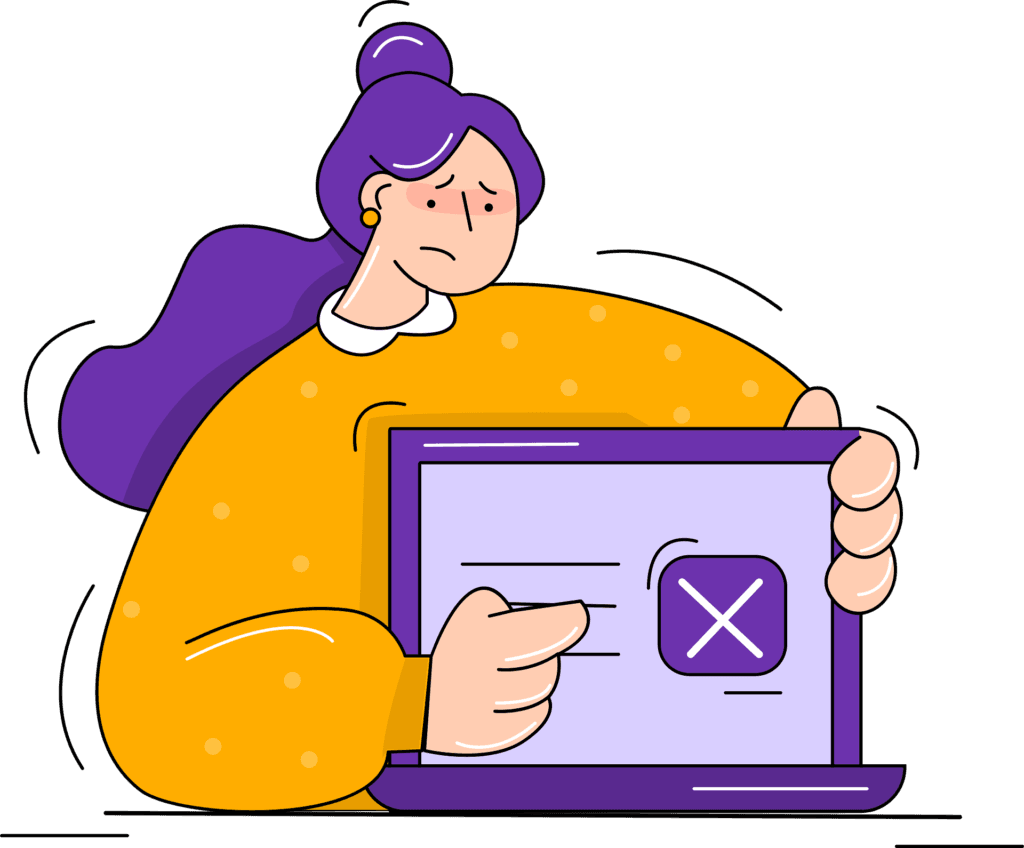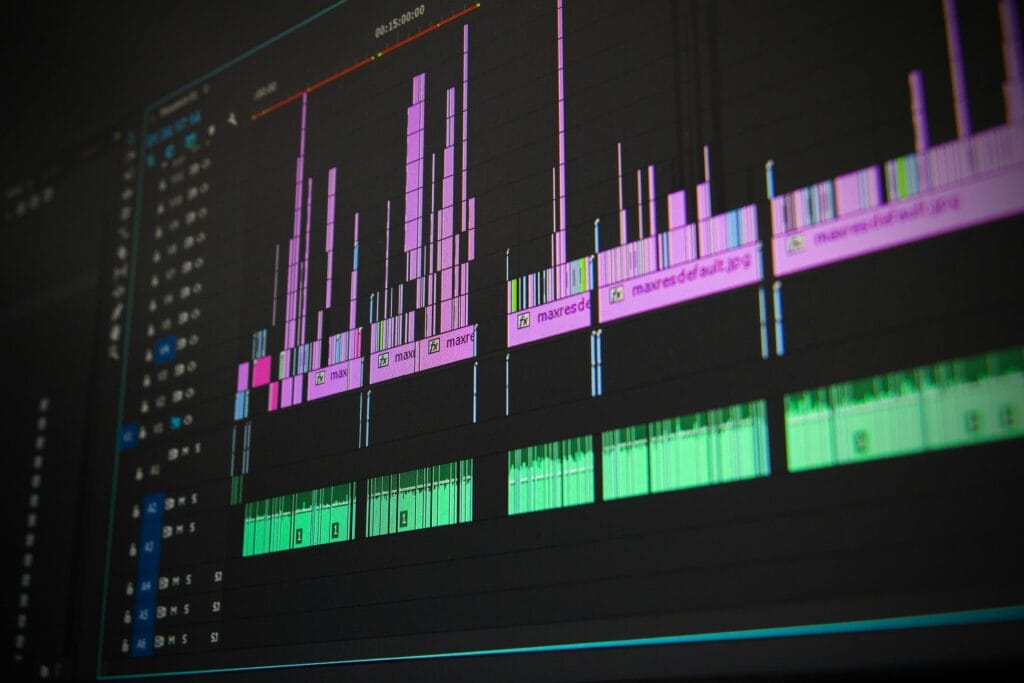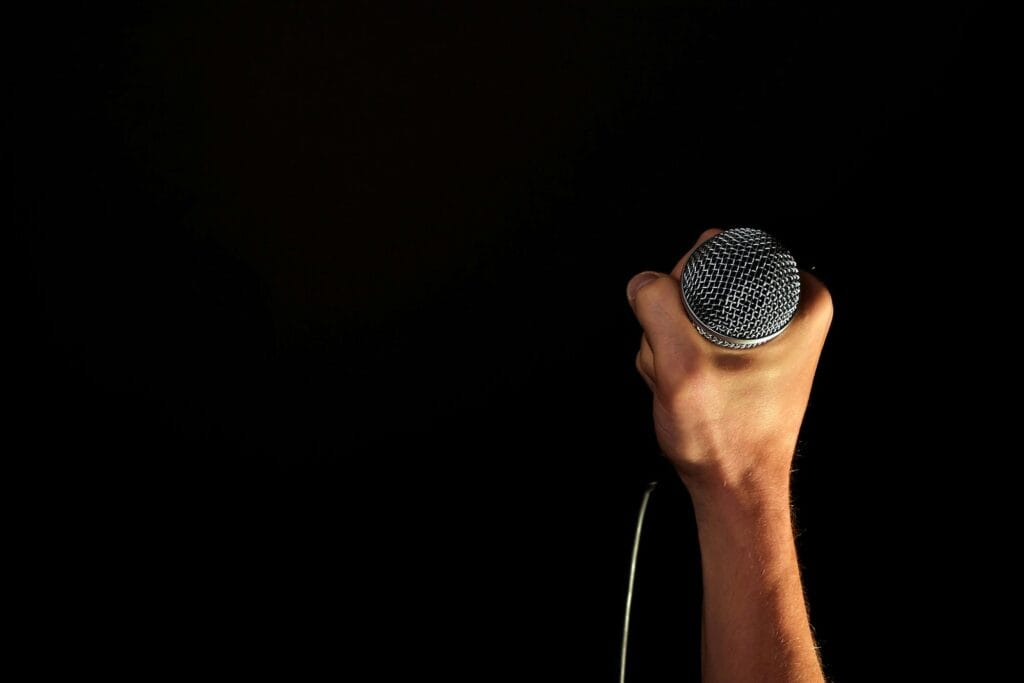Introduction
You’re creating your masterpiece—a YouTube video, a podcast, or a social media post—and you know that the right music can make or break it. So, you turn to copyright-free music, which seems like the perfect solution to avoid copyright strikes. But be careful! There are mistakes when using copyright-free music that can still cause problems. While these tracks offer a much-needed break from licensing fees, if you’re not careful, you could still run into issues. In this post, we’ll break down the 5 common mistakes when using copyright-free music—and how to avoid them so your content stays legally sound and awesome!

1. Ignoring the License Terms
One of the biggest mistakes when using copyright-free music is assuming that all royalty-free tracks are the same. The term “copyright-free” often gets confused with “free to use however you want,” but that’s not always the case. Many copyright-free music tracks still come with specific licensing requirements, such as attribution or limitations on commercial use.
Always, always check the license before downloading or using a track. Some music is free for personal use but may require a purchase or additional permission if you want to use it commercially. By reading the license terms, you protect yourself from potential legal issues down the road. It’s a small step that can save you a lot of headaches.
2. Not Crediting the Artist When Required
Another common mistake when using copyright-free music is failing to give proper credit to the artist. Even if you’re using music that doesn’t cost anything, many copyright-free tracks require you to give credit to the creator. This usually involves adding the artist’s name and the track’s title in your video or post description.
Some content creators overlook this simple step, but failing to credit the artist can lead to copyright strikes, demonetization, or even legal action. Don’t skip the credit! Make sure to check the specific requirements in the license and give the creator the credit they deserve.
3. Using Copyright-Free Music Without Proper Editing

When you find a perfect track, it can be tempting to slap it onto your video and hit upload. But this is a mistake. Just because the music is copyright-free doesn’t mean it’ll always fit your video perfectly out of the box. In fact, music that’s too loud, too long, or too abrupt can distract from your message and make your content seem unprofessional.
Take the time to edit the music—cut it to the right length, adjust the volume levels, or even add fade-outs to make it blend seamlessly with your video. Properly editing the music will elevate your content and ensure that the track complements your visuals, instead of competing with them.
4. Overusing the Same Music
Using the same copyright-free music over and over again might feel like a time-saver, but it’s one of the biggest mistakes when using copyright-free music. Repeating the same track across multiple videos can make your content feel repetitive and stale, especially if your audience is familiar with your work.
Variety is key! Don’t be afraid to mix it up with different genres or moods for each video. This will not only keep your content fresh but also give your viewers a better overall experience. Plus, you’ll maintain creative control and enhance your brand with music that reflects the tone and style of each unique project.
5. Forgetting to Double-Check for Copyrighted Samples

Sometimes, copyright-free music still contains samples from copyrighted songs or sound effects. These samples might not be obvious to the untrained ear, but they could land you in hot water if they’re identified by a content ID system.
Before you use a track, make sure to double-check if the music contains any unauthorized samples. Many royalty-free platforms offer tracks that are fully cleared of any potential copyright issues, but it’s always wise to listen carefully and research the track if needed. The last thing you want is to face a claim because of a sneaky sample!
Conclusion
Using copyright-free music can be a huge time-saver and a great way to enhance your content, but it’s not without its risks. By avoiding these 5 common mistakes when using copyright-free music, you can ensure that your projects are both legally safe and professionally polished. Always read the license terms, credit the artist, edit the music to suit your needs, vary your tracks, and check for unauthorized samples. Taking these simple steps will help you avoid costly mistakes and allow you to focus on creating amazing content!
Frequently Asked Questions (FAQs)
Some common mistakes include ignoring the license terms, failing to credit the artist, overusing the same track, and not editing the music to fit your content.
No, not all tracks require attribution, but many do. Always check the licensing terms for each track to ensure you’re properly crediting the artist if needed.
It’s better to vary your music choice to avoid repetitive content. Using different tracks for different videos keeps your content fresh and engaging for your audience.
Before using the music, ensure there are no unauthorized samples. Double-check the track’s details and licensing to make sure it’s fully cleared.
Always check the licensing terms, credit the artists when required, and ensure the track fits your video through proper editing. This will help you avoid potential copyright claims.
